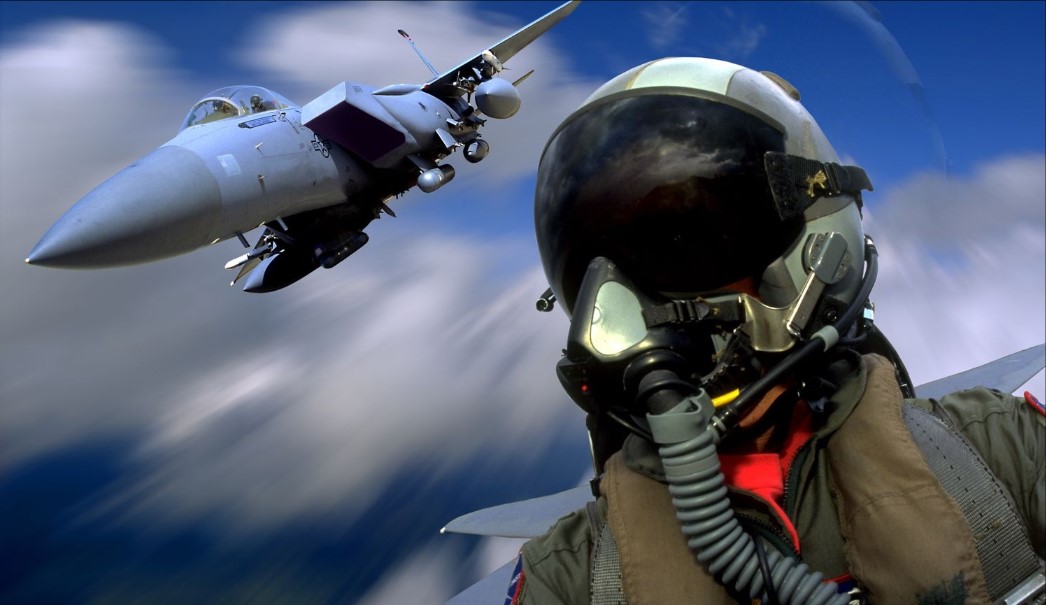Chinese Scientists Overcome Major AI Hurdle, Posing Challenge to US Air Force

China
Recent breakthroughs in China's military AI research have led to the development of a transparent air combat system, allowing for real-time explanation of AI decisions, revolutionizing human-machine collaboration in high-stakes environments.
In the realm of military aviation, where split-second decisions can mean the difference between victory and defeat, the integration of artificial intelligence (AI) has long been a subject of intense interest and debate. Recent developments in China, particularly the breakthroughs achieved by a team led by Associate Professor Zhang Dong at Northwestern Polytechnical University, signal a significant advancement in the field of AI-driven air combat systems.
The introduction of a smart air combat system capable of explaining its decisions in real-time represents a departure from conventional AI technologies, which often operate as black boxes, leaving human operators in the dark about the underlying decision-making processes. This newfound transparency not only enhances trust between human pilots and AI but also facilitates deeper collaboration and communication, ultimately paving the way for more effective air operations.
One of the key challenges in integrating AI into air combat systems has been the opaque nature of decision-making algorithms. Traditional AI models, such as deep reinforcement learning and large language models, operate by processing input data and generating output without providing insight into the rationale behind their decisions. In high-stakes environments like air combat, where human lives are on the line, this lack of transparency poses a significant obstacle to the widespread adoption of AI technologies.
However, the work conducted by Zhang Dong's team represents a paradigm shift in this regard. By developing an AI system capable of articulating its decisions using words, data, and even charts, the researchers have opened a new avenue for human-AI interaction. This level of transparency not only enhances the understanding of AI-generated directives but also enables human pilots to provide valuable feedback and guidance to improve future performance.
Central to the success of this new AI system is its ability to engage in meaningful dialogue with human pilots "from the heart." By explaining the significance of each directive in the context of the current combat situation and the underlying tactical intentions, the AI fosters a sense of trust and collaboration between man and machine. This level of transparency and communication represents a fundamental departure from the traditional black box approach and has the potential to revolutionize air combat operations.
The implications of this breakthrough extend beyond the realm of theoretical research. Zhang Dong's team has demonstrated that their AI system can achieve a nearly 100 percent win rate with significantly fewer rounds of combat training compared to conventional black box AI systems. This enhanced performance not only underscores the effectiveness of transparent AI decision-making but also highlights the potential operational advantages that such systems can offer in real-world scenarios.
While the United States has also been exploring the integration of AI into air combat systems, the issue of black box decision-making remains a significant concern. Efforts by organizations like the Defense Advanced Research Projects Agency (DARPA) aim to address this challenge through strategies such as task delegation and high-ranking officer demonstrations. However, the lack of transparency inherent in many AI models continues to pose a barrier to widespread adoption.
In contrast, the work conducted by Zhang Dong's team represents a significant step forward in overcoming the black box problem. By decoding the decision-making process of AI systems and enabling meaningful human-AI interaction, the researchers have laid the groundwork for a new era of transparent and collaborative air combat operations.
Looking ahead, the application of this technology to more realistic air combat environments holds promise for further advancements in military aviation. While challenges remain, particularly regarding safety and reliability assessments, the benefits of transparent AI decision-making are clear. As nations continue to invest in AI-driven military technologies, the lessons learned from Zhang Dong's research will undoubtedly shape the future of air combat operations for years to come.
In conclusion, the development of a transparent AI system for air combat represents a significant milestone in the evolution of military aviation. By enabling meaningful dialogue between human pilots and AI, researchers have overcome a longstanding hurdle and paved the way for more effective and collaborative air operations. As nations race to harness the potential of AI in military contexts, the lessons learned from this research will be instrumental in shaping the future of warfare.


